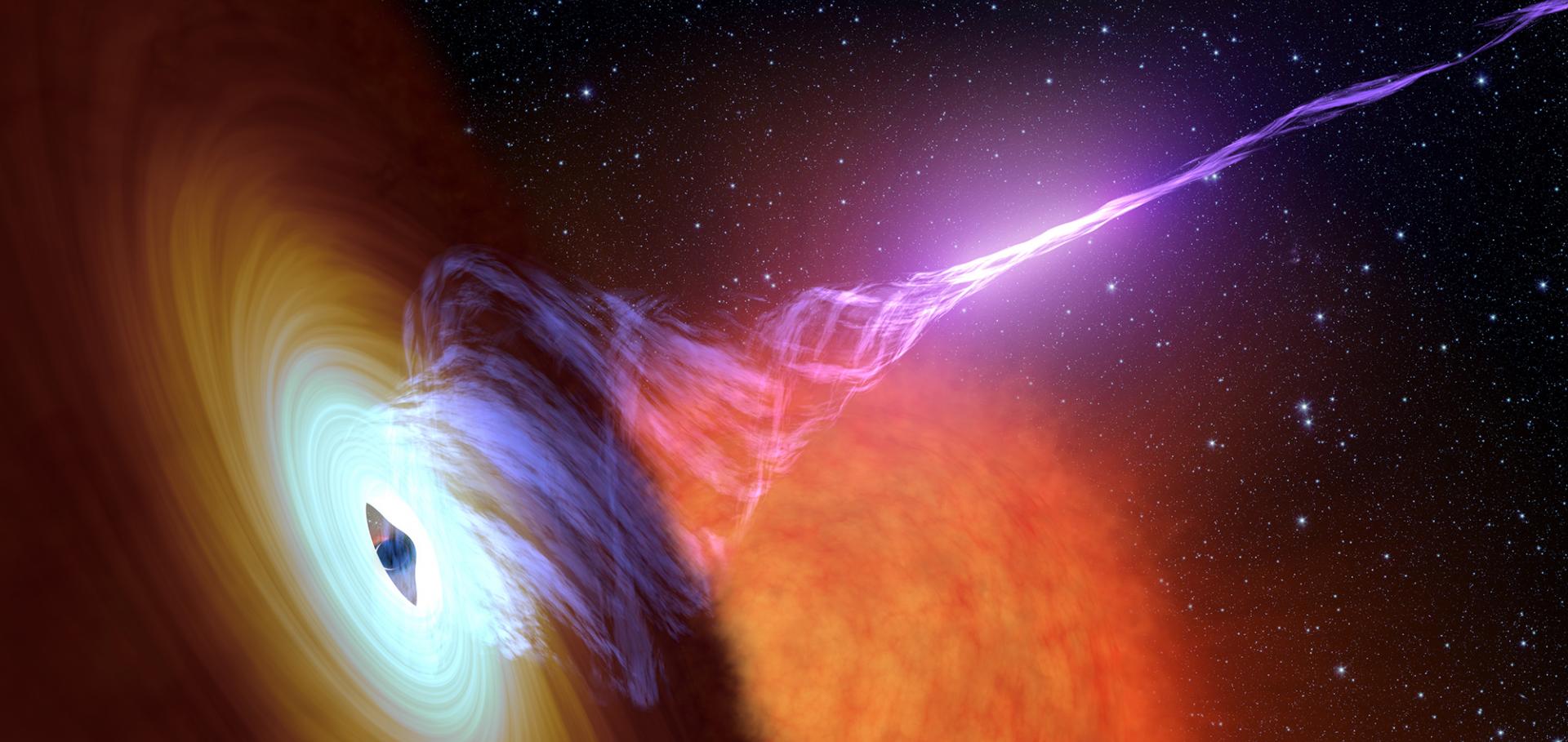A connection between accretion states and the formation of ultra-relativistic outflows in a neutron star X-ray binary
(2018)
A connection between accretion states and the formation of ultrarelativistic outflows in a neutron star X-ray binary
Monthly Notices of the Royal Astronomical Society Oxford University Press 483:3 (2018) 3686-3699
Abstract:
The nearby accreting neutron star binary Sco X-1 is the closest example of ongoing relativistic jet production at high Eddington ratios. Previous radio studies have revealed that alongside mildly relativistic, radio-emitting ejecta, there is at times a much faster transfer of energy from the region of the accretion flow along the jet. The nature of this ultrarelativistic flow remains unclear and while there is some evidence for a similar phenomenon in other systems that might contain neutron stars, it has never been observed in a confirmed black hole system. We have compared these previous radio observations with a new analysis of simultaneous X-ray observations that were performed with the RXTE mission. We find that the ejection of the ultrarelativistic flow seems to be associated with the simultaneous appearance of two particular types of quasi-periodic oscillations in the X-ray power spectrum. In contrast, the mildly relativistic, radio-emitting outflows may be associated with flat-topped broad-band noise in the X-ray power spectrum. This is the first time a link, albeit tentative, has been found between these mysterious unseen flows and the accretion flow from which they are launched.Don't Blink: Constraining the Circumstellar Environment of the Interacting Type Ia Supernova 2015cp
(2018)
Classification of Multiwavelength Transients with Machine Learning
(2018)
A Strong Jet Signature in the Late-time Light Curve of GW170817
Astrophysical Journal Letters American Astronomical Society 868:1 (2018) L11


